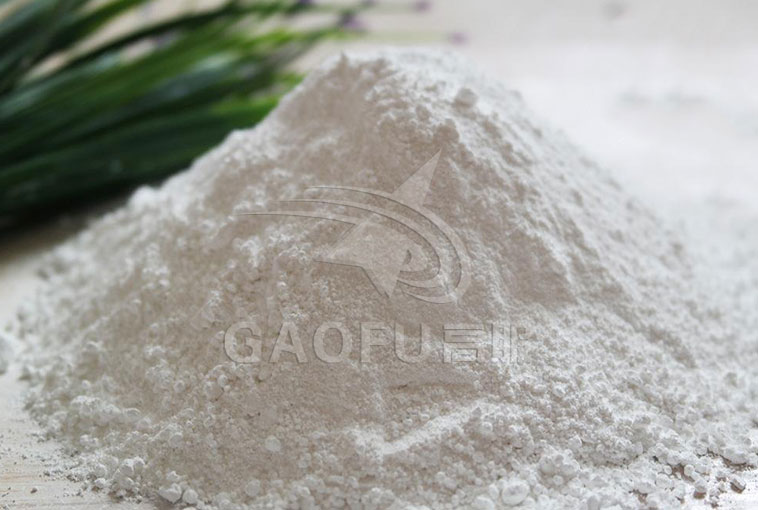
The so-called ceramic powder is a powdery substance in which all the raw materials are uniformly mixed and then calcined (also called calcination, pre-synthesis) when preparing the ceramic. The chemical reaction between the raw materials of the ceramic is not carried out in a molten state, but it is achieved by diffusion between atoms (or ions) at a temperature lower than the melting point, that is, a solid phase reaction, so The ceramic powder obtained by calcination (pre-synthesis) is already a pure phase crystalline material.

Raw materials - crushing - ball milling - screening - iron removal - grouting
Ceramic powder introduction
The so-called ceramic powder is a powdery substance in which all the raw materials are uniformly mixed and then calcined (also called calcination, pre-synthesis) when preparing the ceramic. The chemical reaction between the raw materials of the ceramic is not carried out in a molten state, but it is achieved by diffusion between atoms (or ions) at a temperature lower than the melting point, that is, a solid phase reaction, so The ceramic powder obtained by calcination (pre-synthesis) is already a pure phase crystalline material.

Production Process
Raw materials - crushing - ball milling - screening - iron removal - grouting
Ceramic powder screening purpose
Screening is the grading of materials using screen mesh having a certain size of aperture or gap. When the powder passes through the screen surface, it is classified into two parts, oversize and lower size product.
Requirements analysis
1.The first question to consider is what are the requirements for powder size in different industries?
a.The civil and hydraulic industry has a particle size range of ≥1cm; b.Metallurgy, gunpowder, food industry size range from 1cm to 40um; c.The size of the special ceramic powder industry ranges from 40um to 50nm;
2.What is the flow rate?
The flow rate is also the throughput, the amount of sieve that one set of equipment can complete in an hour. This should be calculated according to the amount of material handling. If the throughput is greater than 10 tons, it is definitely to recommend the linear vibrating screen. If the output is small, the rotary vibrating screen can meet the requirements.
3.Screening based on material analysis:
There are two kinds of sieve method: dry method and wet method. When measuring the particle size distribution, it is generally sieved by dry method; the wet method can prevent very fine particles from adhering to the screen hole to block the sieve hole. If the sample contains more water, especially if the particles are finer, if it is allowed to mix with water, it is better to use the wet method when the particles are more cohesive. In addition, the wet method is not affected by the temperature of the material and the atmospheric humidity, and it also can improve the operating conditions with higher precision than dry screening. Therefore, both wet and dry methods are listed as national standard methods for determining the fineness of cement and raw materials.
Customer Testimonials

It adopts advanced sealing technology to prevent leakage and extend service life. The sealing gap can be automatically compensated with the use process.

It has unique effects on the screening and classification of powdery and granular materials.

It can screen 6 particle sizes, and the sieve body diameter ranges from 600mm (24 inches) to 2600mm (104 inches)